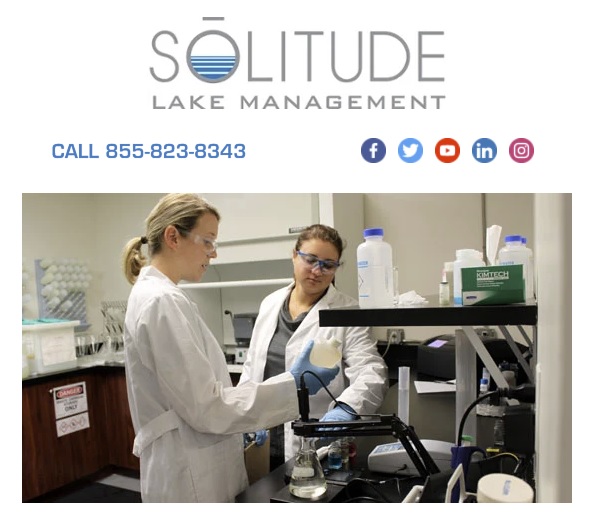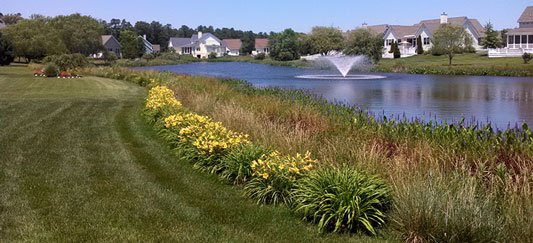Protect Your Aquatic Assets From the Storm
Tropical Depression Fred is expected to hit Florida this weekend. Learn what you can do to protect your lake & pond from damage.
Tropical Depression Fred has changed paths and is projected to hit Florida and reach its tropical storm status by Friday, August 13, 2021, as it moves over the warm water in the Gulf. With this path, the storm may also have an impact on Alabama and Georgia. Experts say Florida can expect substantial rains over the weekend.
The heavy rain and winds that will accompany this storm can have a significant impact on your property, including recreational lakes, stormwater ponds, and trophy fisheries. In addition to ensuring your family and home are safe and protected, there are steps you can take to make sure your waterbodies are prepared. Learn what you can do to protect your aquatic assets as Fred approaches Florida, Alabama, and Georgia.
If your property is affected by the storm, don’t hesitate to reach out to your local lake and pond management professional for support.
Protecting Your Aquatic Assets During Hurricane Season
Hurricanes and strong storms don’t just affect your day-to-day lives; they can have a significant impact on your lake or pond as well. If you live in an area susceptible to tropical storms, you know the drill. You stock up on food and water, make sure any tree branches that may fall are trimmed, board up windows or put up hurricane shutters if necessary, and secure light yard decorations and furniture. While your home and fridge may be prepared for the storm, is your lake or pond? How about your floating fountain, aeration system, fish feeder, or other related items?
Check Stormwater Inflow and Outflow Pipes
For stormwater ponds, inflow and outflow pipes should be inspected and any debris that has accumulated in and around the pipes should be cleared to allow proper water flow. This is a crucial step in ensuring you do not end up with a flooded yard or parking lot. Any objects near the water should be tied down or taken inside, as they can blow around and end up in the water causing a blockage in a pipe or making removal difficult.
Turn Off Floating Fountains
If your lake or pond has a floating fountain, simply turn it off before heavy wind and rains start. All the electrical and mechanical components will weather the storm, but as water levels rise, anchors may move or anchor lines may break, and the float can move around. Storms can also wash debris into the water which can clog the impeller. If you notice a decrease in pattern size or hear a funny sound when you turn your fountain back on, leave it off until the necessary repairs can be performed.
Prevent Fish Feeder Damage
If you utilize a fish feeder around your pond, the primary threat is flooding. When heavy rain is expected, make sure to empty the feeder and drag it to higher ground. While wind is less of a concern during typical storms, hurricane-force winds can topple a feeder. If you are able to, it is beneficial to move it to a safer structure to weather the storm.
The better you can prepare for the impending storm, the less likely you are to experience severe damage to your property. Once the storm has passed and conditions are deemed safe, it’s important to check your water resource and identify any areas of concern. Your lake management professional can assist with any storm-related issues that arise within your waterbody.
In the face of a hurricane, proactive efforts will help keep your mind on the things that matter most – the well-being of your family and loved ones. Stay safe!
Tags:
Common Area Issues,
Condo and HOA,
Lake Management Articles,
Management News

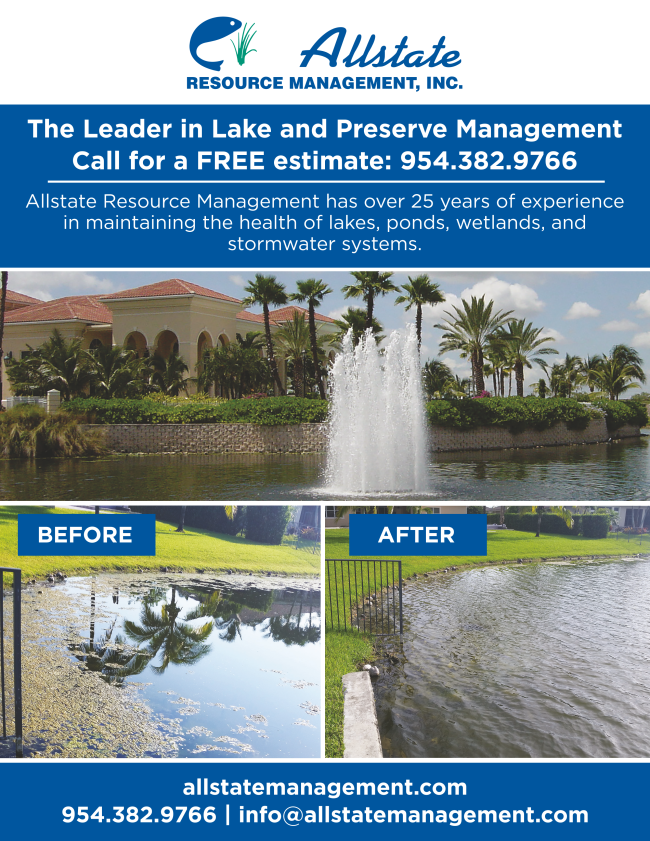
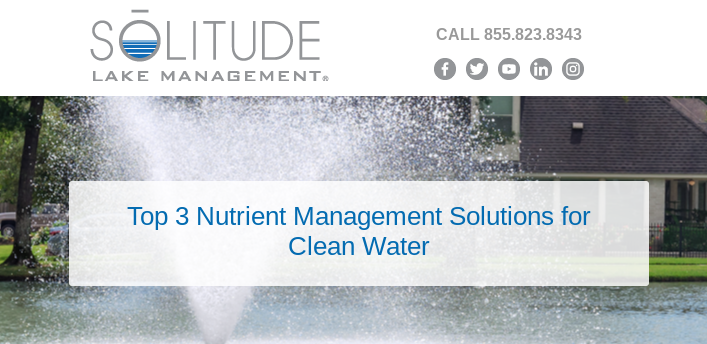


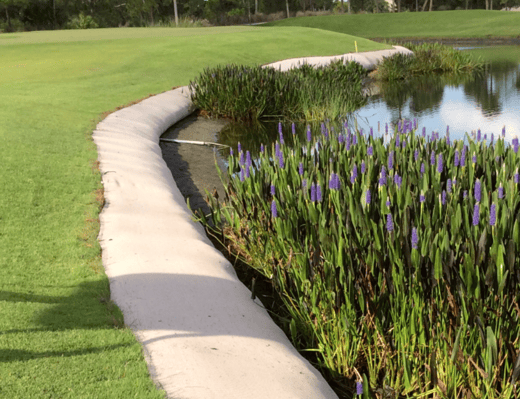


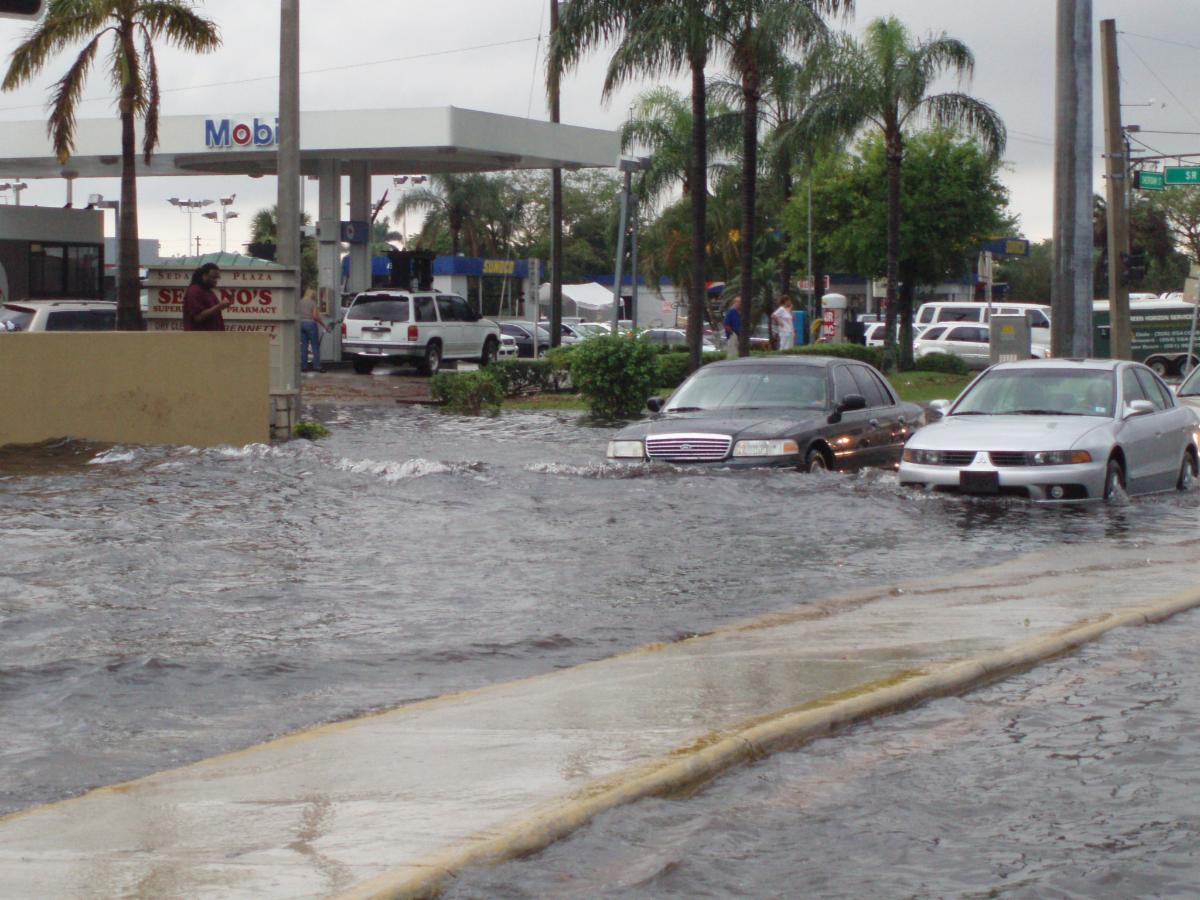

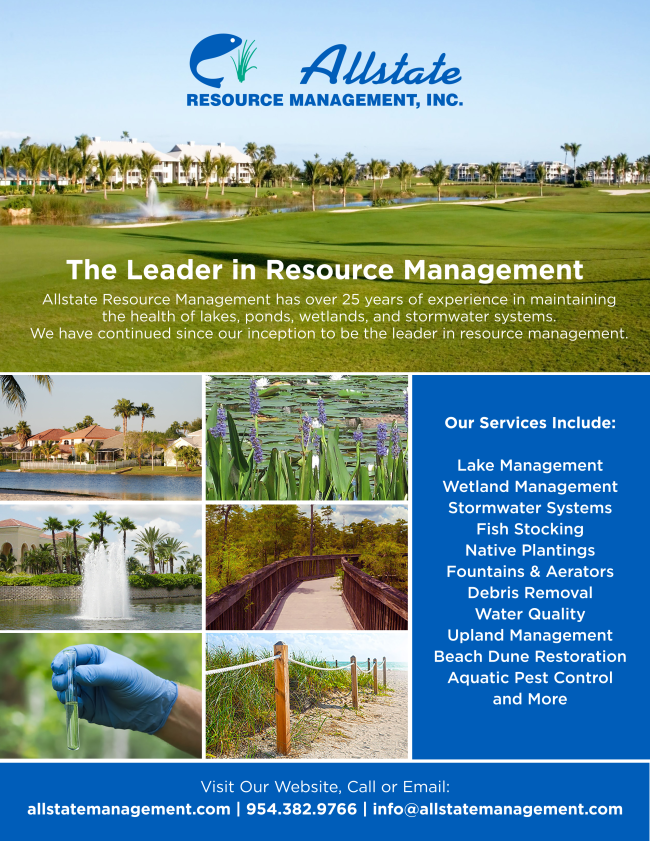






 A Reactive Strategy to Algae & Weed Control
A Reactive Strategy to Algae & Weed Control A Proactive Approach to Algae & Weed Control
A Proactive Approach to Algae & Weed Control



